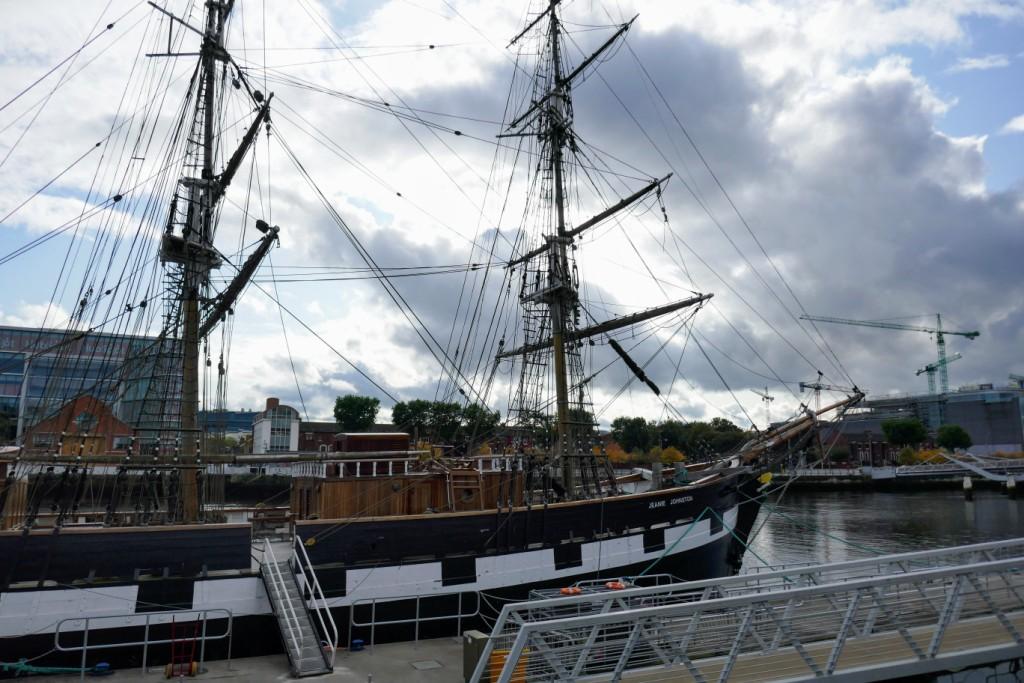Continuing from my previous post, here are four more Dublin museums.
1) Jeanie Johnston Tall Ship and Famine Museum
Jeanie Johnston Tall Ship and Famine Museum provides a fine opportunity to reflect upon the realities of the disastrous famine in Ireland (also called the Great Hunger) from 1845 to 1849. I appreciated how the history was told through the personal stories of passengers from the past, and illustrated with lifelike figures.
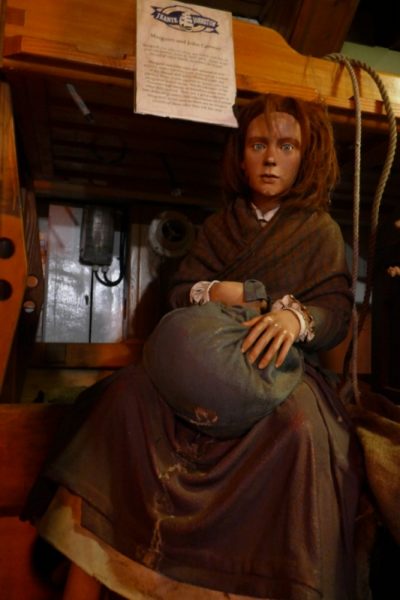
2) National Library of Ireland – YEATS: The Life and Works of William Butler Yeats
I admit that I’ve never been very attracted to Yeats’s poetry, but I was glad to attend The Life and Works of William Butler Yeats exhibition at the National Library of Ireland to learn more about the man and his times.

What was quite wonderful was visiting the Genealogy Advisory Service at the library afterwards, to be assisted by resident genealogist Ita O’Boyle. As there was no one waiting behind me, I was allowed extra time with her, which was lovely. We looked at maps and databases and I came away with some good leads (though this particular Irish McCabe ancestor I’m chasing is proving difficult to trace before he came to Canada).
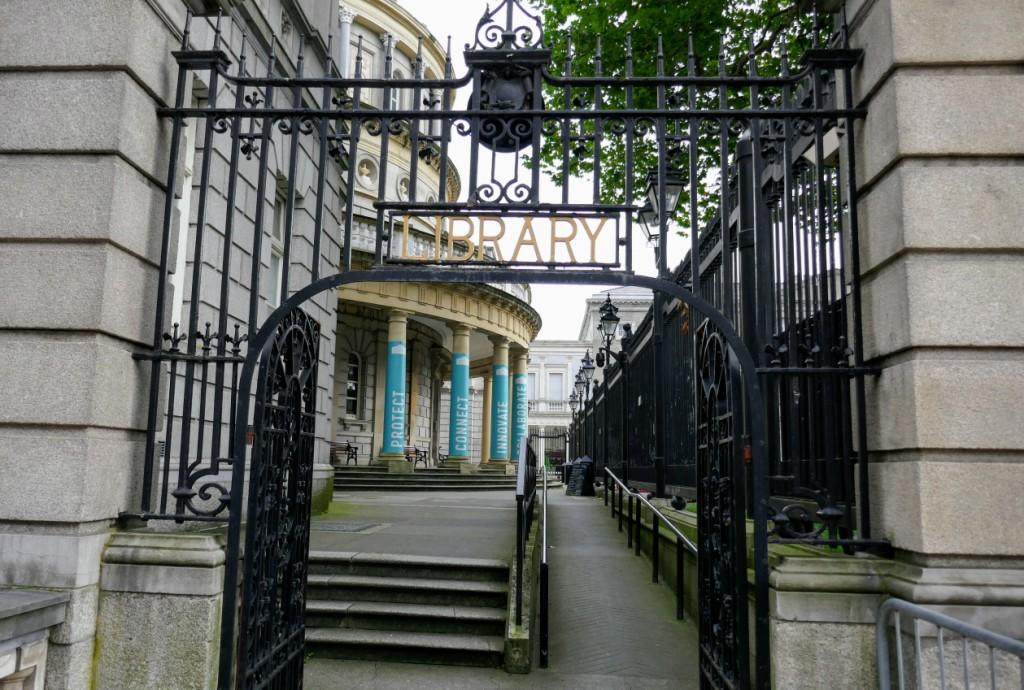
3) National Museum of Ireland – Natural History
I adored the National Museum of Ireland – Natural History. Case after case of special collections, all presented in a traditional manner little changed since its opening by The Royal Dublin Society in 1857. (A new structure is is being planned for addition to the north side of the building to house modern facilities.)
Irish animals are on the ground floor. In glass cases specimens suspended in fluid are classified and labelled in a way that I found quite charming, after visiting many very modern museums this year. For example, there’s a tall case with labels for Irish Spiders, Irish Arrow Worms, Irish Hair Worms, Irish Mites, Sea Lice, Barnacles, Irish Leeches, and Irish Spoon Worms (??).
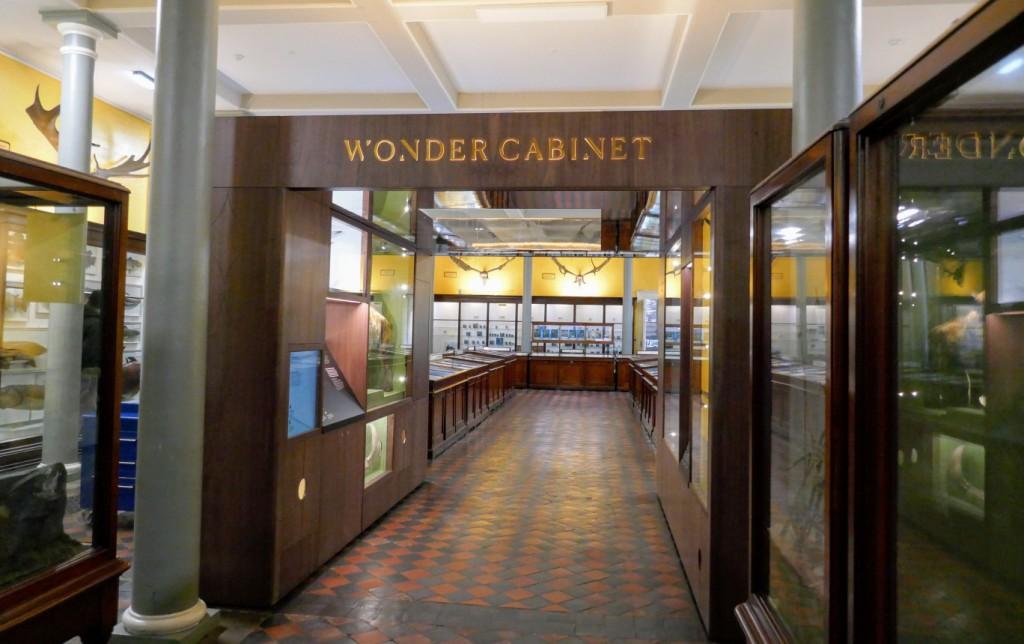
On the upper floor are Mammals of the World, from aardvarks to zebras, including the 20-foot-long skeleton of a fin whale suspended from the roof. The floor plan notes that, “the black colour of the large mammals is because taxidermists used oil to keep thick skins from cracking.”
I took this photo of a Sumatran rhinoceros specifically because it reminded me of the rhino I’d seen (alive!) earlier in the year at the Toronto Zoo.
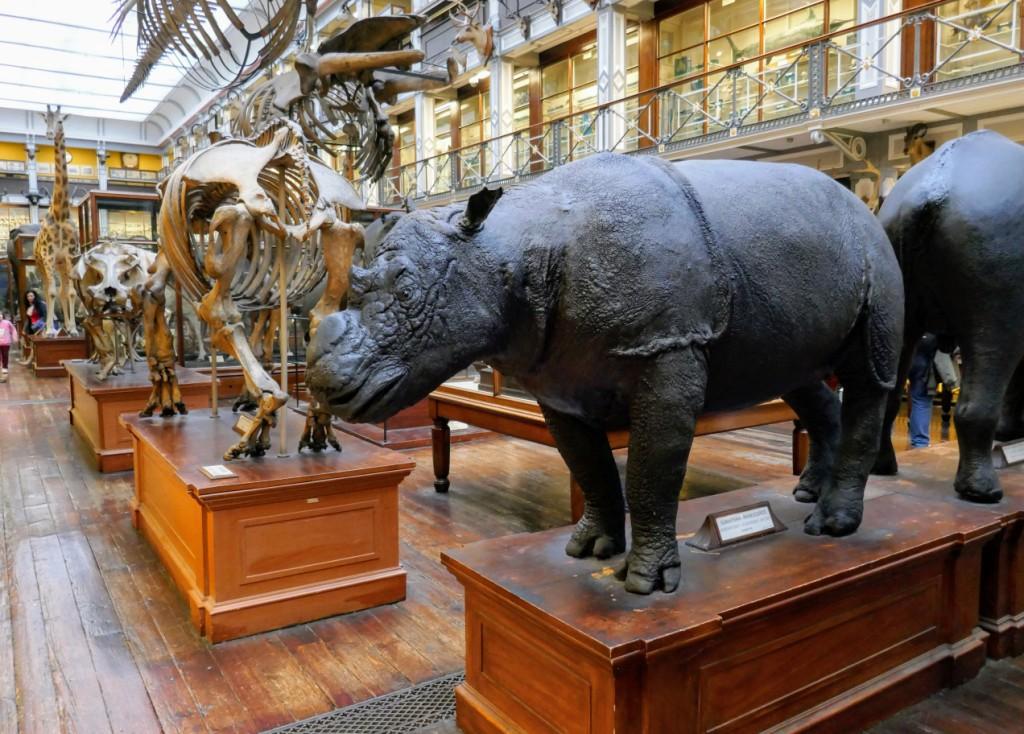
4) Glasnevin Cemetery
Glasnevin Cemetery, covering 124 acres outside Dublin, is Ireland’s national cemetery where over 1.6 million people are laid to rest. Though I’d visited Ireland before, 18 years ago, I’m a bit embarrassed that I’d never heard of this enormous Victorian garden cemetery, opened in 1832, where many many important Irish people are buried.
This video gives an overview of this magnificent site.
My group was given an excellent guided tour by Paddy Gleeson. Such stories!
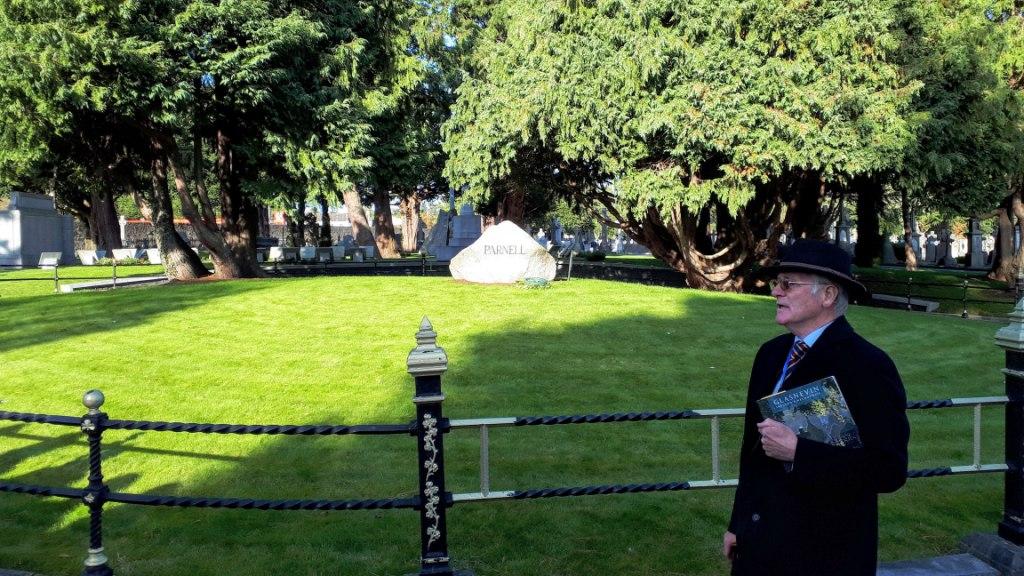
Glasnevin does, in fact, have a proper museum which I regret that I did not have a chance to visit. Another time! Nevertheless, per my definition of “places where I mused,” Glasnevin Cemetery certainly qualifies. In fact, there’s even a 2014 documentary film which I’d love to see, called One Million Dubliners. Please see the trailer below.
In this photo of the grave site of Irish statesman Michael Collins (1890-1922) you can just see the striking round tower in the background, over the grave of Irish nationalist leader Daniel O’Connell (1775-1847).
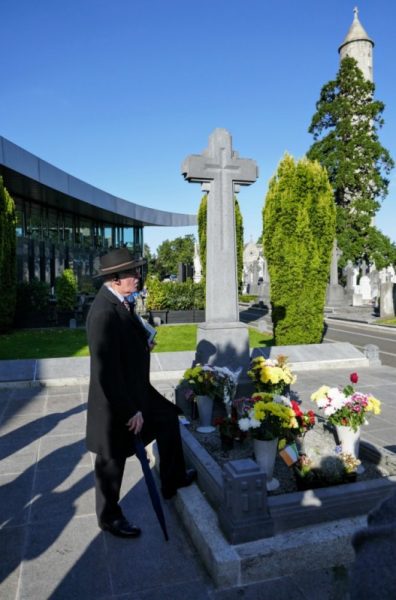
These four Dublin museums are museums nos. 89 to 92 in my #100museums challenge (see 100 Museums Challenge).

